15 Iconic Movies With Location Sets Across The U.S.
Movies have an incredible way of whisking us away—sometimes to galaxies far, far away, and other times to places right in our own backyard.
I’ve always been captivated by how filmmakers use real American locations to add authenticity, depth, and atmosphere to their stories. Whether it’s the neon-lit streets of New York City, the sun-drenched highways of the Southwest, or the sleepy charm of a Midwestern town, these settings don’t just serve as backdrops—they become characters in their own right.
With every frame, they highlight the beauty, grit, and variety of the American landscape. And for many of us, spotting a familiar skyline or small-town diner on screen creates a special kind of magic. It reminds us that cinematic wonder can exist just around the corner.
So grab your popcorn and join me as we explore some unforgettable films that used real U.S. locations to craft stories that are now woven into our cultural DNA.
1. The Goonies: Oregon’s Rugged Coastline

Remember my first road trip to Astoria, Oregon? I couldn’t help but yell “Hey you guys!” when I spotted the Walsh house from this 1985 adventure classic. The film captures the Pacific Northwest’s misty charm perfectly.
Director Richard Donner transformed this sleepy coastal town into a treasure-hunting playground where a band of misfits race to find One-Eyed Willy’s gold. Haystack Rock at Cannon Beach makes an iconic appearance during the film’s opening sequence – I still get goosebumps seeing it in person!
What makes The Goonies special isn’t just the adventure but how authentically it portrays Astoria. The town’s Victorian homes, docks, and foggy landscapes aren’t Hollywood sets but real places you can visit today. Fun fact: the Fratelli’s Restaurant hideout was actually the former Clatsop County Jail, which operated until 1976!
2. The Shawshank Redemption: Ohio’s Prison-Turned-Movie Set
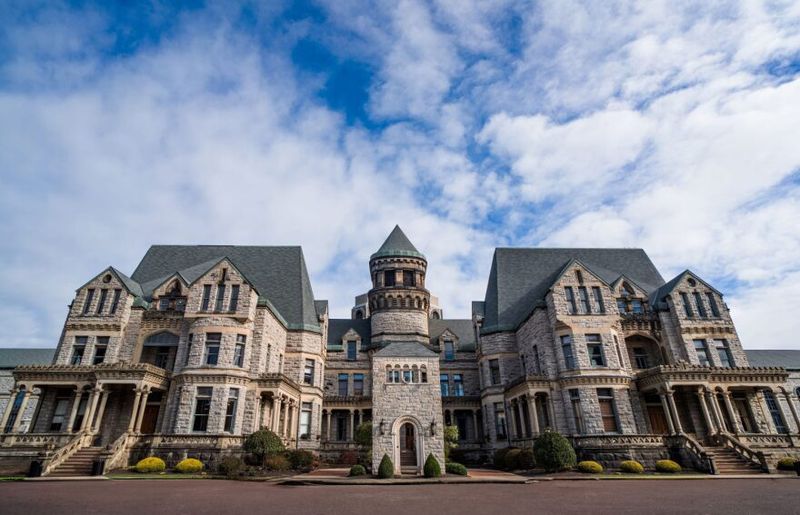
Walking through the imposing gates of Ohio State Reformatory gave me chills – not from the autumn breeze, but from standing where Andy Dufresne plotted his legendary escape. This magnificent Gothic-style prison in Mansfield, Ohio served as the primary filming location for what many consider the greatest film ever made.
Though set in Maine’s fictional Shawshank State Penitentiary, director Frank Darabont found the perfect embodiment of institutional dread in this abandoned correctional facility. The reformatory’s towering stone walls and cell blocks create an atmosphere of oppression that perfectly matches the story’s themes.
You can still visit Andy’s cell, the warden’s office, and the tunnel he crawled through to freedom. The oak tree where Red finds Andy’s letter sadly fell in 2016, but a portion was preserved at the site. Isn’t it strange how a film about imprisonment became such a powerful symbol of hope?
3. Field of Dreams: Iowa’s Magical Cornfields

Last summer, I stood in that magical cornfield in Dyersville, Iowa, where Ray Kinsella heard the whisper, “If you build it, he will come.” Goosebumps covered my arms as I watched families play catch on the same diamond where movie ghosts emerged from corn rows.
Phil Alden Robinson’s 1989 film turned this ordinary farm into a pilgrimage site for baseball fans and movie lovers alike. The pristine white farmhouse still stands against the endless horizon of corn, looking exactly as it did when Kevin Costner’s character plowed under his crops to build a baseball field.
The property owners have preserved the site remarkably well, allowing visitors to run the bases or sit in the wooden bleachers. What struck me most was how the film captured Iowa’s essence – that particular Midwestern light glowing gold across the fields at dusk, making everything seem possible. Baseball might be America’s pastime, but this field represents something even more American: faith in dreams.
4. The Wizard of Oz: Kansas Tornado Country
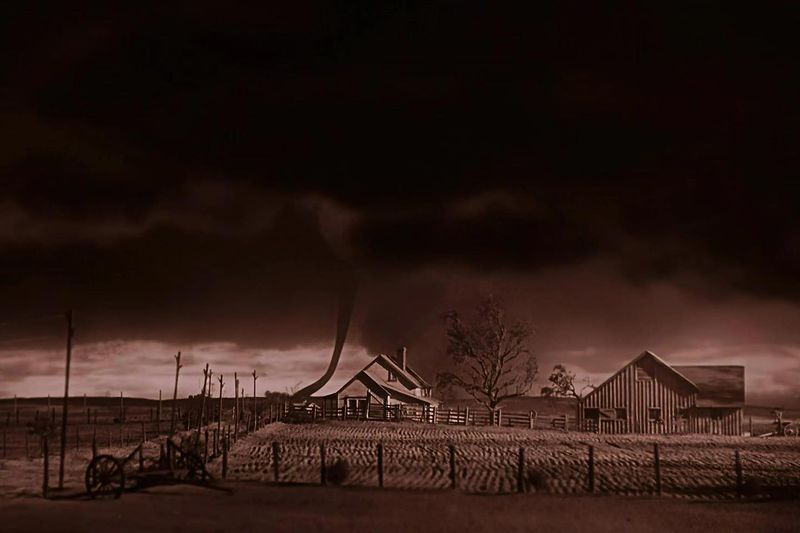
My aunt lives in Kansas, and every time I visit, I half-expect to see a house spinning through the sky! While The Wizard of Oz opens in the Sunflower State, here’s a Hollywood secret: most of the Kansas scenes were actually filmed in California’s San Fernando Valley back in 1939.
Director Victor Fleming created one of cinema’s most memorable sequences – the tornado that whisks Dorothy away to Oz – using a 35-foot-long muslin stocking, dust, and clever camera work on a Hollywood soundstage. Movie magic at its finest! The farmhouse exterior was built on MGM’s backlot, with those iconic rolling plains painted onto a massive backdrop.
What’s fascinating is how this film forever linked Kansas with tornadoes in our cultural imagination. The state embraced this connection – you’ll find Oz-themed attractions throughout Kansas today. The movie’s sepia-toned opening captures something authentic about the state’s vast prairies and simple farm life, even if the cameras never actually rolled there.
5. The Texas Chainsaw Massacre: Rural Terror in Round Rock
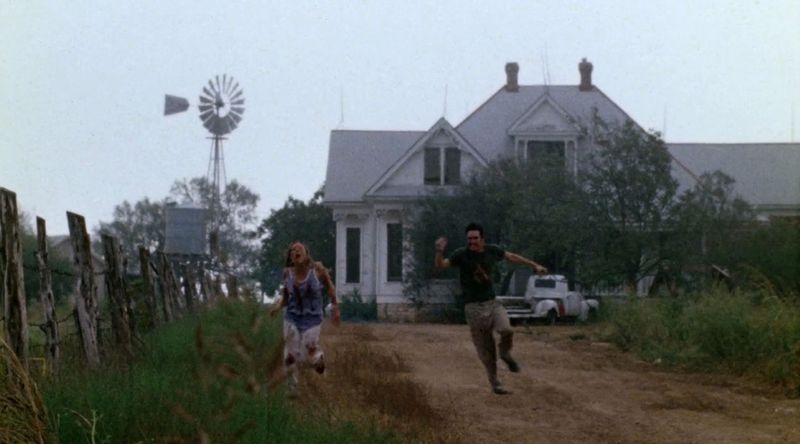
Driving past that unassuming farmhouse near Round Rock, Texas gave me the creeps, even in broad daylight. Hard to believe this innocent-looking property became horror film royalty as Leatherface’s deranged home in 1974.
Tobe Hooper’s groundbreaking slasher film transformed rural Texas into a nightmare landscape on a shoestring budget of just $140,000. The dilapidated farmhouse where most of the terror unfolds has since been relocated to Kingsland, Texas, where it operates as a restaurant – would you eat there? I barely had the courage to snap a photo!
What makes this film’s locations so effective is how ordinary they appear. The gas station where the ill-fated friends stop still exists as a barbecue joint. The film captures Texas’s vast, isolated countryside where help feels forever out of reach. Shot during a brutally hot summer with temperatures reaching 110 degrees, the cast’s on-screen discomfort wasn’t acting – they were genuinely suffering through marathon filming sessions in non-air-conditioned locations.
6. The Shining: Colorado’s Haunted Hotel

My spine tingled when I rounded the bend and first glimpsed the Timberline Lodge perched on Oregon’s Mount Hood. Though Stanley Kubrick’s psychological horror masterpiece takes place at the fictional Overlook Hotel in Colorado, this Oregon landmark served as its unforgettable exterior.
The Timberline’s isolated position against the snowy mountain creates that perfect sense of dread essential to Stephen King’s story. Inside scenes were mostly filmed on meticulously constructed sets in England, but nothing beats the authentic menace of the actual building against winter storms.
When I visited, the hotel staff shared amusing stories about guests requesting Room 237 – the haunted room from the film – only to discover the Timberline doesn’t even have that room number! They intentionally changed it to Room 217 (the actual room from King’s novel) to avoid spooking visitors. Strangely, the hotel’s warmly lit windows looked inviting rather than menacing on my summer visit, proving how masterfully Kubrick transformed this vacation destination into a house of horrors.
7. Scarface: Miami’s Pastel Paradise
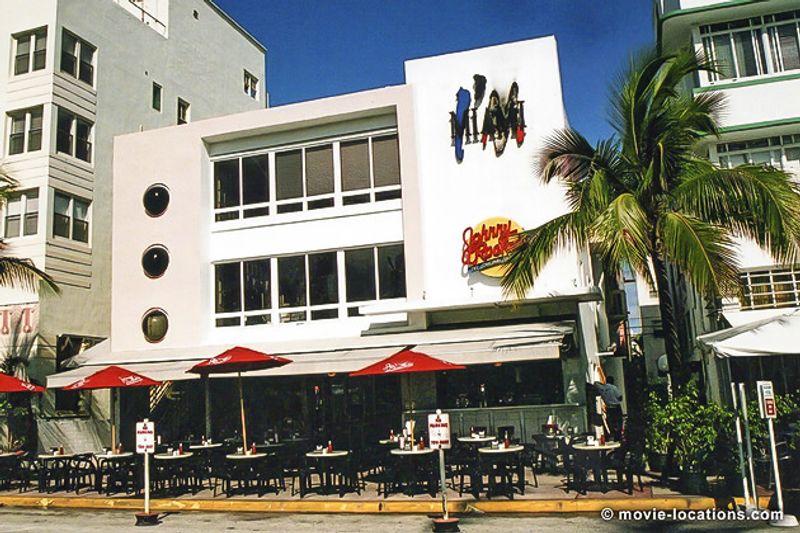
Cruising down Ocean Drive in Miami’s South Beach, I couldn’t help mimicking Al Pacino’s accent: “Say hello to my little friend!” Though Scarface screams Miami with its palm trees and art deco buildings, I was shocked to learn most scenes were actually filmed in Los Angeles.
Brian De Palma’s 1983 gangster epic encountered resistance from Miami officials worried about the film’s violent portrayal of Cuban refugees and drug trafficking. The famous chainsaw scene? Shot in a Hollywood set designed to look like a Miami motel. Even Tony Montana’s opulent mansion was actually the El Fureidis estate in Montecito, California.
However, some authentic Miami locations did make the cut. The paradise-like establishing shots showcase the real Ocean Drive and Fontainebleau Hotel. The film’s vibrant color palette – all pastel pinks, electric blues, and tropical greens – perfectly captures Miami’s unique aesthetic. Despite filming elsewhere, Scarface somehow embodies Miami’s 1980s spirit so perfectly that the city has retroactively embraced it as part of its cultural identity.
8. Gone with the Wind: Georgia’s Antebellum Grandeur
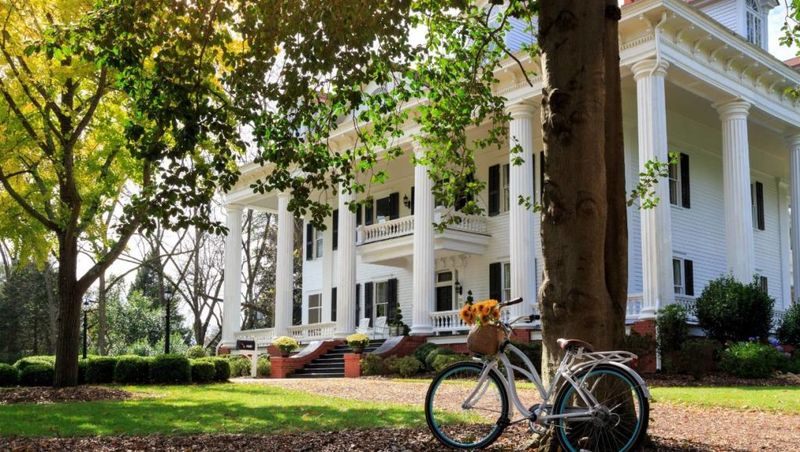
Standing under the Spanish moss-draped oaks at the Boone Hall Plantation in South Carolina, I could almost hear Scarlett O’Hara declaring, “I’ll never be hungry again!” While this iconic plantation inspired Twelve Oaks in Gone with the Wind, the 1939 epic was primarily filmed in California soundstages and backlots.
Producer David O. Selznick sent photographers to capture authentic Georgia plantations before recreating them in painstaking detail in Hollywood. The famous burning of Atlanta sequence? That was actually the controlled burning of old MGM sets, including the King Kong wall. Talk about recycling!
What’s remarkable is how accurately the film captured the grandeur of the antebellum South despite filming thousands of miles away. The red Georgia clay was imported to California for authenticity. Today, you can visit the Road to Tara Museum near Atlanta to see original props and costumes. The Georgian columns, sweeping staircases, and cotton fields may have been Hollywood constructions, but they’ve shaped how generations envision the American South.
9. The Exorcist: Georgetown’s Infamous Stairs
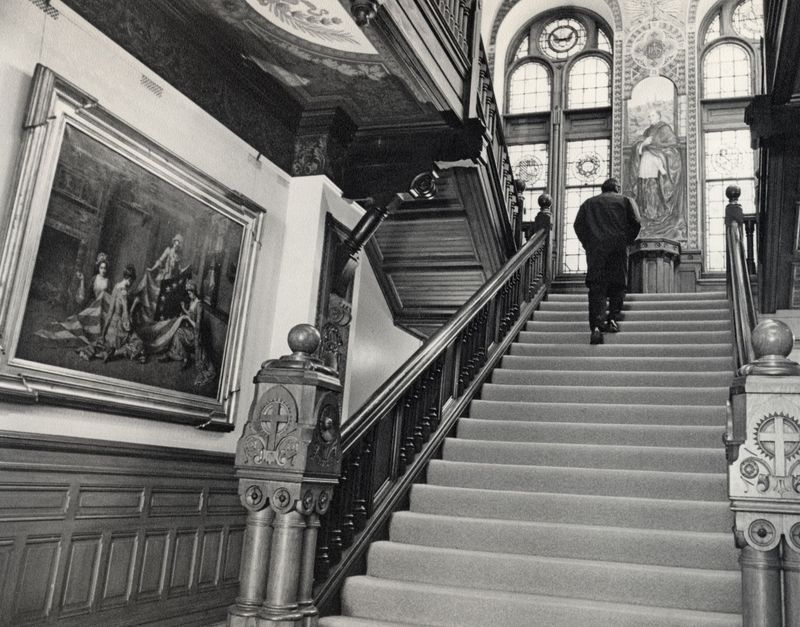
My legs trembled approaching those steep stone steps in Georgetown, Washington D.C. – the same stairs where Father Karras met his demonic end in The Exorcist. I chickened out halfway down, imagining tumbling like the priest in that horrifying scene.
William Friedkin’s 1973 horror masterpiece used several authentic Washington D.C. locations to ground its supernatural story in reality. The MacNeil house exterior at 3600 Prospect Street NW still attracts horror fans, though the interior scenes were filmed on meticulously designed sets in New York. Georgetown University appears as itself, with several campus locations featured prominently.
What’s fascinating is how these ordinary locations became permanently altered in our cultural imagination. The “Exorcist Steps” connecting Prospect Street to M Street have become a tourist attraction and were officially recognized with a commemorative plaque in 2015. Local residents have grown accustomed to seeing people recreate the famous death scene (hopefully without the actual falling). During Halloween, the steps become particularly popular – I spotted several people in priest costumes during my October visit!
10. The Silence of the Lambs: Pennsylvania’s Psychological Playground
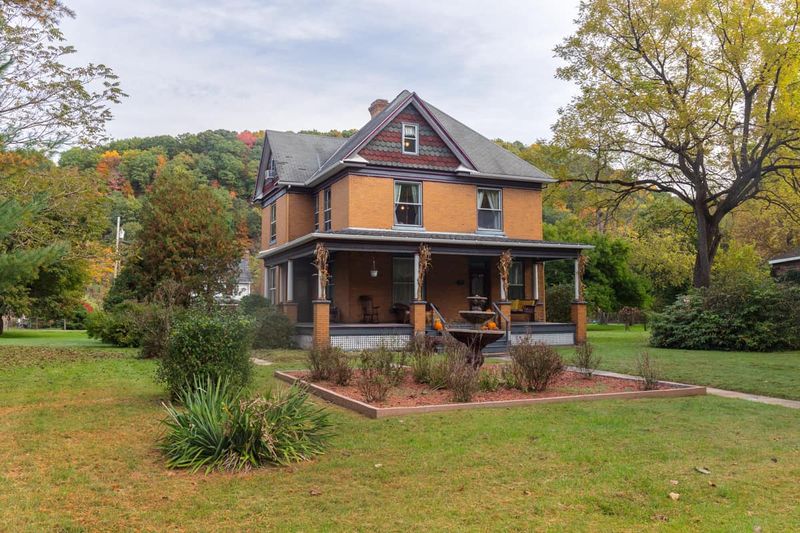
My heart raced touring the old Western Center near Pittsburgh that doubled as Baltimore State Hospital for the Criminally Insane – where Anthony Hopkins delivered his bone-chilling performance as Hannibal Lecter. The abandoned facility’s decaying corridors seemed to echo with his famous “fava beans” line.
Jonathan Demme’s 1991 psychological thriller made excellent use of western Pennsylvania locations. The climactic confrontation in Buffalo Bill’s house? That’s actually a Victorian home in Perryopolis, PA that sold for $290,000 in 2021. The new owners reportedly plan to turn it into a themed bed and breakfast – would you stay there?
Soldier’s & Sailors Memorial Hall in Pittsburgh served as the courthouse where Lecter escapes, while the Carnegie Museum of Natural History appears as the Smithsonian. What makes these locations work so brilliantly is how ordinary they appear – the film suggests monsters hide in plain sight in everyday America. The rural Pennsylvania landscapes, with their rolling hills and isolated farmhouses, create the perfect backdrop for a story about the darkness lurking beneath normal surfaces.
11. The Hangover: Las Vegas Shenanigans
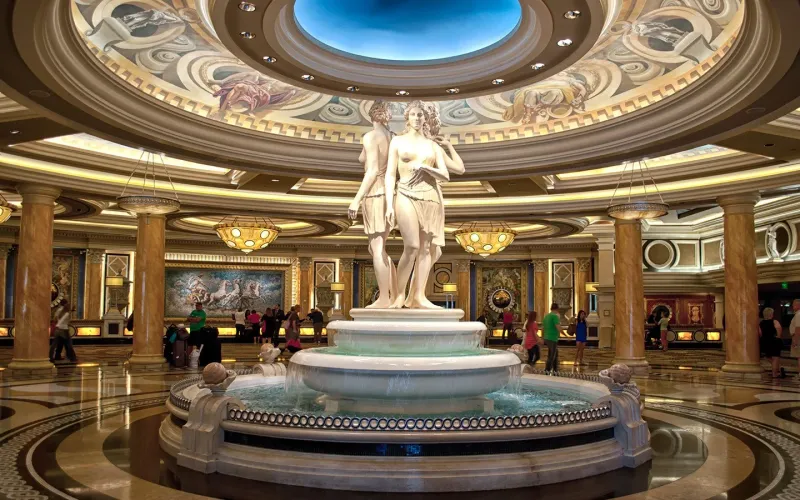
Waking up in Vegas with a pounding headache, I couldn’t help laughing at the parallels to The Hangover – minus the tiger in my bathroom, thankfully! Todd Phillips’ 2009 comedy immortalized Sin City’s excess through a wild night nobody remembers.
Caesar’s Palace takes center stage, with the “Villa” where most of the chaos unfolds actually being the hotel’s luxurious Emperor’s Suite (though filming used a reconstructed set for many interior shots). The famous “roof scene” was captured on Caesar’s actual rooftop, showcasing the Strip’s neon panorama. When I visited, hotel staff told me they still get daily requests for the “Hangover Suite.”
The film captures Vegas essentials: the Bellagio fountains, Mike Tyson’s mansion (actually in Beverly Hills), and that endless desert highway where the guys speed toward disaster. What surprised me during my Vegas visit was recognizing locations from the “missing tooth” montage – the real Riviera casino (now demolished), the Hard Rock Hotel, and even the little wedding chapel. The film hilariously bottles the city’s “what happens here, stays here” essence.
12. Dances with Wolves: South Dakota’s Vast Frontier
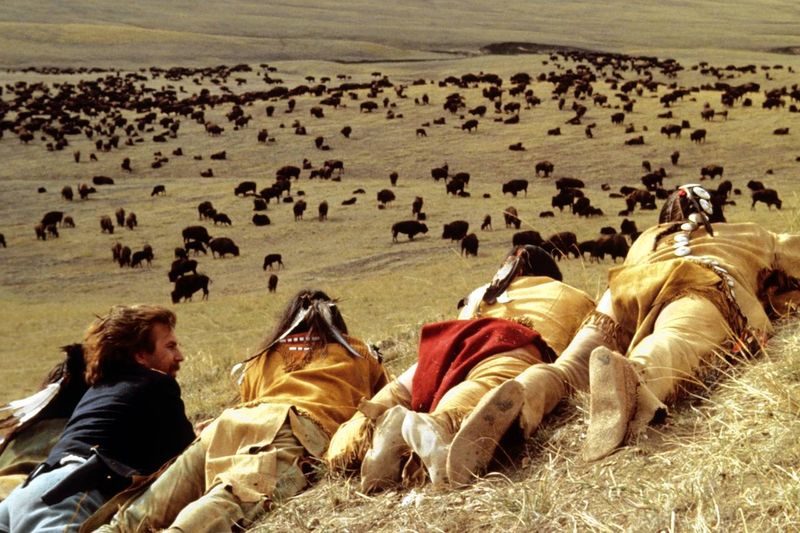
Gazing across South Dakota’s Triple U Buffalo Ranch, I felt transported to 1863 when Lieutenant Dunbar first encountered the Lakota Sioux. The prairie grass rippled like golden waves under the wind, just as it did in Kevin Costner’s epic 1990 western.
Costner, who directed and starred, chose this location near Fort Pierre for its unspoiled landscapes that could authentically portray the American frontier. The buffalo hunt sequences – featuring real buffalo, not CGI – were filmed here with breathtaking realism. When I visited, my guide pointed out exact spots where key scenes were shot, though Dunbar’s Fort Sedgwick was a temporary construction long since removed.
Many Lakota scenes were filmed at the nearby Spearfish Canyon and Black Hills, whose dramatic rock formations create a natural amphitheater effect. What struck me most was how little these landscapes have changed since the 1800s – or since filming in 1989. Standing there, watching buffalo graze against endless horizons, I understood why Costner needed three hours to tell this story – the land itself is a character, vast and timeless.
13. Jurassic Park: Hawaii’s Prehistoric Paradise

“Holy cow, that’s it!” I gasped, recognizing the towering Kauai mountains from Jurassic Park’s helicopter approach scene. Standing where dinosaurs once (fictionally) roamed gave me genuine goosebumps – and a strong urge to check for velociraptors in the underbrush.
Steven Spielberg transformed Hawaii’s Garden Isle into prehistoric fantasy in his 1993 blockbuster. The famous gates? They stood right on Kuamo’o Road, though they’ve since been removed. Manawaiopuna Falls, where the helicopter lands, is now nicknamed “Jurassic Falls” and accessible only by helicopter tour – which I splurged on despite my fear of heights!
The most recognizable location might be Kauai’s jagged Na Pali Coast, whose emerald peaks form the backdrop for the dinosaur-filled valley. Hurricane Iniki hit during filming, forcing the crew to improvise and incorporate real storm footage. What makes these locations magical is how they truly feel prehistoric – Kauai’s lush, untamed wilderness convincingly doubles as a 65-million-year-old ecosystem. My guide shared that some jungle areas used in filming remain so remote that they’re still only accessible by helicopter.
14. The Last Picture Show: Texas Small Town Americana
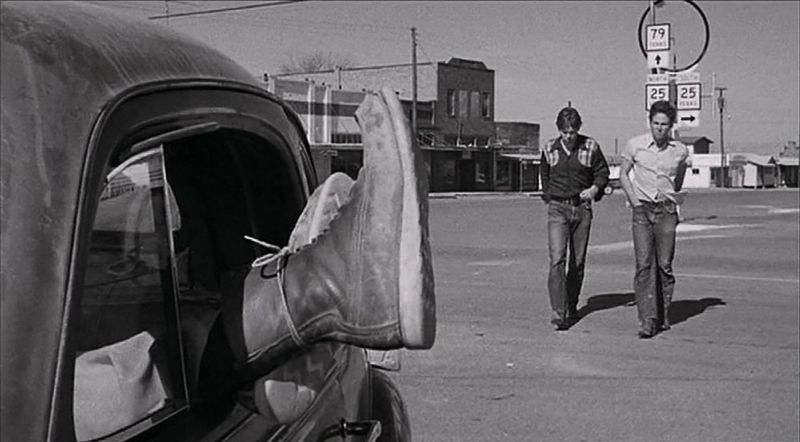
Dust swirled around my boots as I wandered through Archer City, Texas – a town frozen in time since Peter Bogdanovich captured its fading glory in his 1971 masterpiece. The Royal Theater’s facade, though rebuilt after a fire, still stands as a monument to lost American innocence.
Bogdanovich shot in stark black and white to emphasize the bleakness of this dying Texas town in the 1950s. Filming in the actual locations mentioned in Larry McMurtry’s semi-autobiographical novel gave the movie its haunting authenticity. The pool hall, cafe, and windswept streets all played themselves.
What struck me most was how little has changed in five decades – Archer City remains small and isolated, with a population under 2,000. McMurtry himself operated a massive used bookstore here until his death in 2021. Walking past the courthouse square, I felt the same melancholy that permeates the film – a sense of something essential slipping away from American life. The howling Texas wind still provides the perfect soundtrack to this meditation on youth, longing, and the painful passage of time.
15. Forrest Gump: Savannah’s Famous Bench
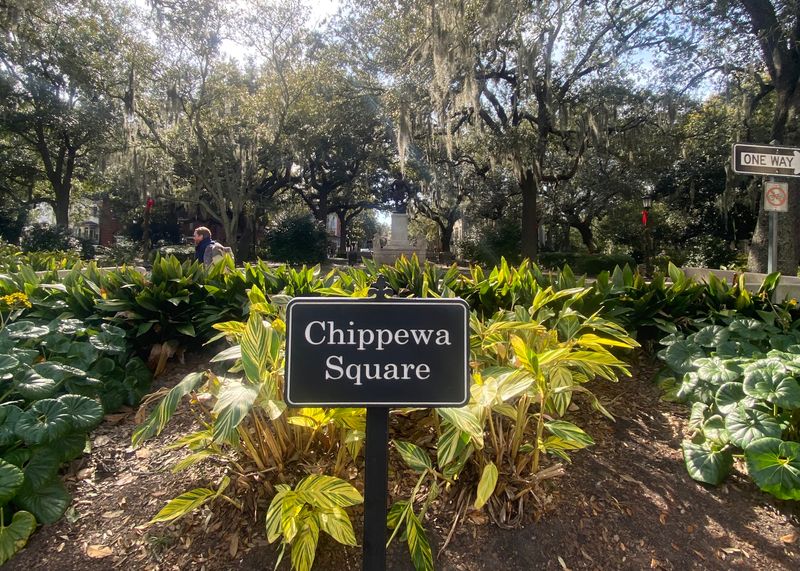
“Life is like a box of chocolates…” I couldn’t resist quoting as I sat on a replica of the famous bench in Savannah’s Chippewa Square. The original bench from the 1994 film sits in the Savannah History Museum now, but that didn’t stop me from recreating the iconic opening scene!
Robert Zemeckis’s beloved film spans decades and locations across America, but Savannah’s historic district provides its emotional anchor. The feather that floats through the opening credits drifts past the steeple of Independent Presbyterian Church before landing at Forrest’s feet. When I looked up at that same steeple, I half-expected to see a CGI feather dancing in the breeze.
The film’s cross-country running sequences showcase America’s diverse landscapes, from Monument Valley’s red deserts to the Mississippi River. Hunting Island State Park in South Carolina doubles as Vietnam, while the University of Southern California plays Alabama’s football stadium. What makes Forrest Gump special is how it uses real American locations to tell a fictional story that somehow feels like shared national memory – as if Forrest really did witness these historic moments.
